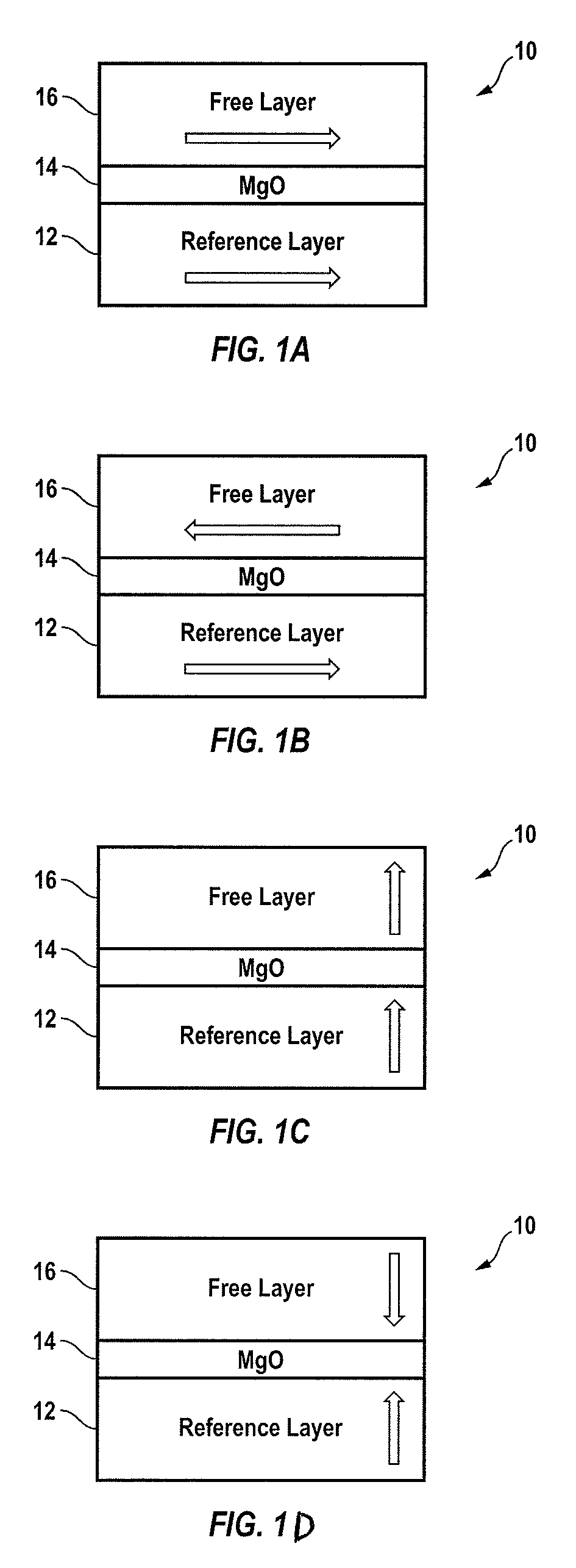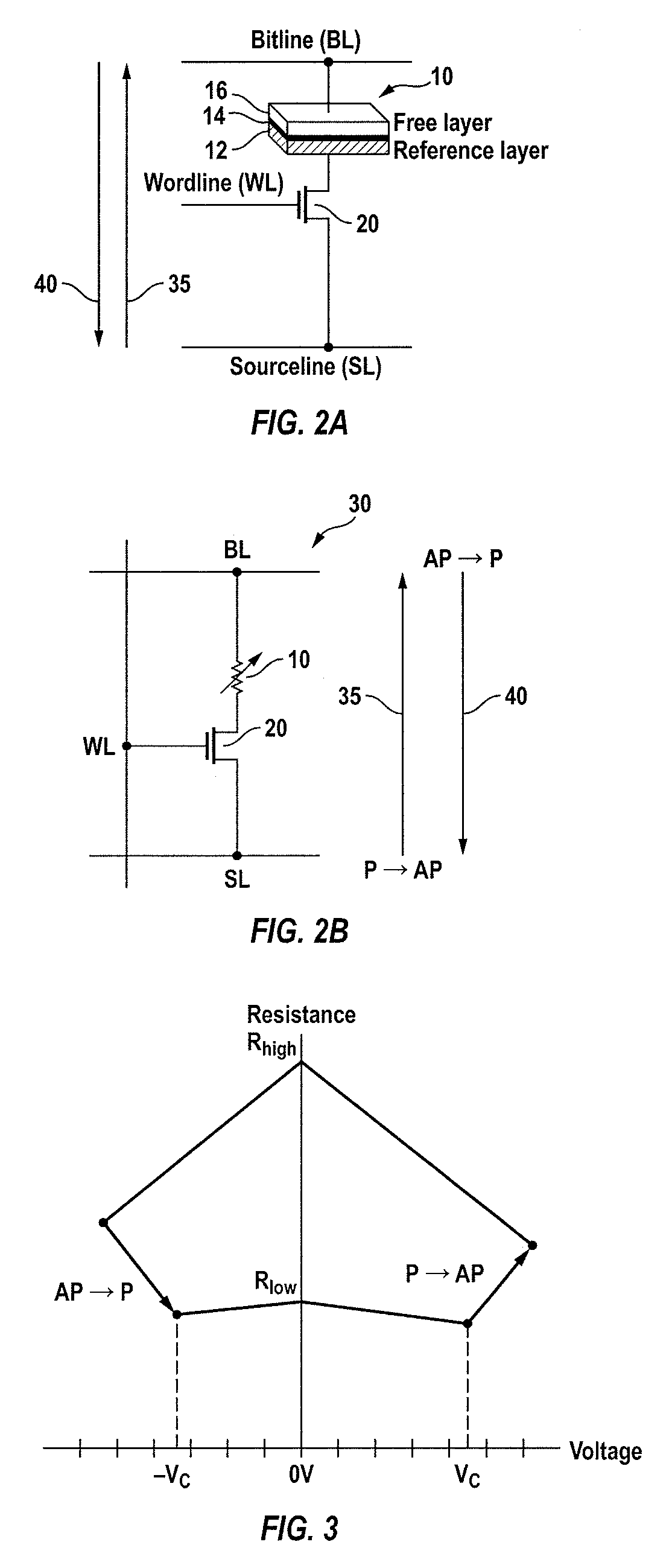Non-volatile static ram cell circuit and timing method
a non-volatile static, ram cell technology, applied in the direction of digital storage, line/current collector details, instruments, etc., can solve the problems of insufficient current to carry out a write “0” operation, loss of data, and inability to provide enough current to carry out a write “1” operation
- Summary
- Abstract
- Description
- Claims
- Application Information
AI Technical Summary
Benefits of technology
Problems solved by technology
Method used
Image
Examples
Embodiment Construction
[0062]In accordance with embodiments of the present invention, data stored in a volatile SRAM memory may also be stored in separate non-volatile memory (NVM) circuits. During system power up, data from the NVM may be loaded into SRAM where system operations are executed faster. When power is shut down it may be desirable to transfer data currently in SRAM to NVM so the latest data can be available again after power is restored. When the NVM and SRAM are implemented on separate chips in a system, the speed of data transfer is limited by the relatively long time and high power taken to drive large capacitive and or inductive interconnect circuit loads between the chips. In addition, the data transfer speed is limited by the narrow data bus width between chips. These limitations can be reduced by integrating the SRAM and NVM on the same SOC. But separate memory circuits may still require separate dedicated ancillary circuits such as decoders, sense amplifiers and control circuits which...
PUM
| Property | Measurement | Unit |
|---|---|---|
| Vpp programming voltage | aaaaa | aaaaa |
| voltages | aaaaa | aaaaa |
| voltages | aaaaa | aaaaa |
Abstract
Description
Claims
Application Information
 Login to View More
Login to View More - R&D
- Intellectual Property
- Life Sciences
- Materials
- Tech Scout
- Unparalleled Data Quality
- Higher Quality Content
- 60% Fewer Hallucinations
Browse by: Latest US Patents, China's latest patents, Technical Efficacy Thesaurus, Application Domain, Technology Topic, Popular Technical Reports.
© 2025 PatSnap. All rights reserved.Legal|Privacy policy|Modern Slavery Act Transparency Statement|Sitemap|About US| Contact US: help@patsnap.com



